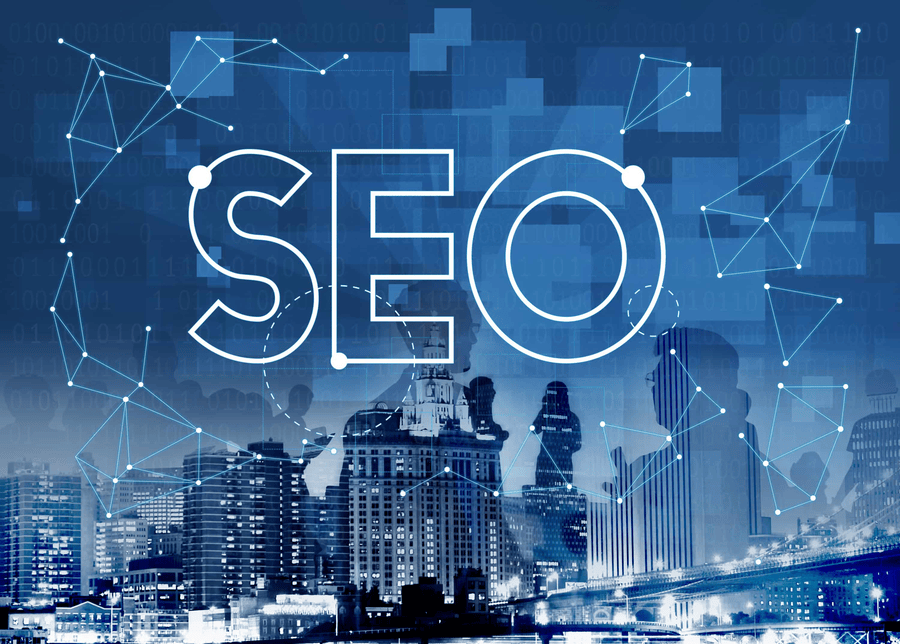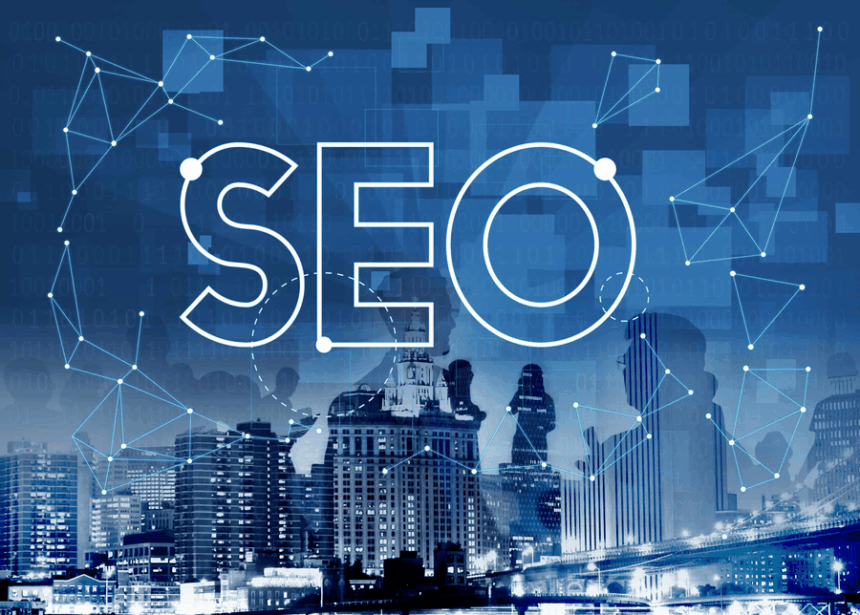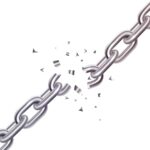SEO (Search Engine Optimisation) is not a one-size-fits-all strategy. To rank higher in Google and stay competitive in today’s digital landscape, you need to understand the different types of SEO and how they work together.
This guide breaks down every major SEO category, explains what it does, and when to use it — so you can build a smarter strategy for your website or online business.

1. Technical SEO
What it is:
Technical SEO involves optimising your website infrastructure so search engines can crawl, index, and rank your content efficiently.
Key tasks:
- Fixing crawl errors and broken links
- Improving site speed and Core Web Vitals
- Ensuring mobile-friendliness and HTTPS
- Creating and submitting XML sitemaps
- Implementing structured data (schema markup)
- Avoiding duplicate content and redirect issues
Tools to use:
Google Search Console, Screaming Frog, Sitebulb, PageSpeed Insights, GTmetrix
2. On-Page SEO (Content SEO)
What it is:
On-Page SEO focuses on optimising content on your website to match search intent and improve rankings.
Key elements:
- Keyword research and placement
- Optimised title tags, meta descriptions, headers (H1–H6)
- Internal linking and anchor text
- Image optimisation (alt tags, file names)
- Content structure, readability, and semantic SEO (using entities)
Best practices:
- Write for humans, optimise for search
- Use relevant keywords naturally
- Keep content updated and well-organised
Tools to use:
Yoast SEO, Rank Math, Surfer SEO, Clearscope
3. Off-Page SEO (Link Building)
What it is:
Off-Page SEO includes activities done outside your website to improve its authority and trustworthiness.
Key strategies:
- Link building (guest posts, outreach, PR)
- Social media promotion
- Brand mentions (with or without links)
- Influencer collaborations
- Forum and community engagement (Quora, Reddit, niche forums)
Why it matters:
Google sees high-quality backlinks as a vote of confidence. Off-page SEO builds your site’s Domain Authority (DA) and trust.
Tools to use:
Ahrefs, SEMrush, Majestic, BuzzSumo
4. Local SEO
What it is:
Local SEO helps businesses appear in location-based searches like “plumber near me” or “dentist in Manchester.”
Key tasks:
- Optimise your Google Business Profile
- Get listed in local directories (citations)
- Collect and respond to Google reviews
- Use local keywords (e.g., “SEO agency in London”)
- Add structured data (LocalBusiness schema)
Essential for:
Restaurants, clinics, agencies, shops, home services, and any location-based business.
Tools to use:
Google Business Profile, BrightLocal, Moz Local, Whitespark
5. E-commerce SEO
What it is:
E-commerce SEO focuses on optimising online stores to drive organic traffic to product and category pages.
Key priorities:
- Optimise product titles, descriptions, and images
- Add product schema markup
- Improve URL structure, filters, and navigation
- Create unique content for categories and products
- Manage out-of-stock or duplicate product issues
- Boost speed and mobile usability
Tools to use:
Shopify SEO apps, WooCommerce plugins, Ahrefs, Screaming Frog
6. Mobile SEO
What it is:
Mobile SEO ensures your website is fully responsive and performs well on smartphones and tablets.
Why it matters:
Google uses mobile-first indexing, so your mobile version must be user-friendly and fast.
What to optimise:
- Responsive design
- Mobile-friendly font and tap targets
- Lazy-loading images
- Avoid intrusive popups
- Fast loading (under 2.5s)
Tools to use:
Google Mobile-Friendly Test, PageSpeed Insights, BrowserStack
7. App Store Optimisation (ASO)
What it is:
ASO helps your app rank higher in the App Store (iOS) or Google Play Store.
Key factors:
- Optimised app title and description
- Targeted keywords
- High-quality screenshots and videos
- Positive reviews and ratings
- Frequent updates and bug fixes
Why it’s important:
If you offer mobile apps, ASO increases discoverability, downloads, and user retention.
Tools to use:
AppTweak, Sensor Tower, App Radar, Mobile Action
8. Enterprise SEO
What it is:
Enterprise SEO involves large-scale strategies for high-traffic or large websites (usually 1,000+ pages).
Key components:
- Scalable content production
- Advanced automation (using APIs, AI tools)
- Cross-team SEO collaboration (dev, content, PR)
- Technical audits at scale
- Sophisticated keyword and topic clustering
Tools to use:
Botify, BrightEdge, Conductor, Deepcrawl, SEOClarity
9. International & Multilingual SEO
What it is:
This type of SEO targets multiple countries or languages.
What it involves:
- Correct implementation of
hreflangtags - Local keyword research
- Geo-targeting in Search Console
- Translation vs localisation strategy
- Using country-specific domains or subdirectories
Use when:
You’re targeting global audiences with translated or region-specific content.
Tools to use:
Ahrefs, Google Search Console, Semrush Global View
Summary Table
| SEO Type | Best For | Key Focus |
|---|---|---|
| Technical SEO | All websites | Crawlability, site speed, indexing |
| On-Page SEO | Blogs, landing pages | Content optimisation, keywords, structure |
| Off-Page SEO | All websites | Backlinks, authority, trust |
| Local SEO | Local businesses | Maps visibility, reviews, GBP |
| E-commerce SEO | Online stores | Product pages, schema, UX |
| Mobile SEO | All responsive websites | Mobile speed, UX, responsive design |
| ASO (App Store SEO) | Mobile apps | App visibility and downloads |
| Enterprise SEO | Large websites | Scalable SEO, automation |
| International SEO | Multilingual/multi-country websites | Hreflang, localisation, targeting |
Final Thoughts
SEO is no longer just about keywords and links. A comprehensive SEO strategy must combine multiple types of SEO — from technical to local to mobile — depending on your website’s goals, size, and audience.
🔎 Want a Free SEO Audit?
We analyse all these SEO layers to give you a full health report of your site.
👉 Request a free technical audit on orgseo.co.uk






